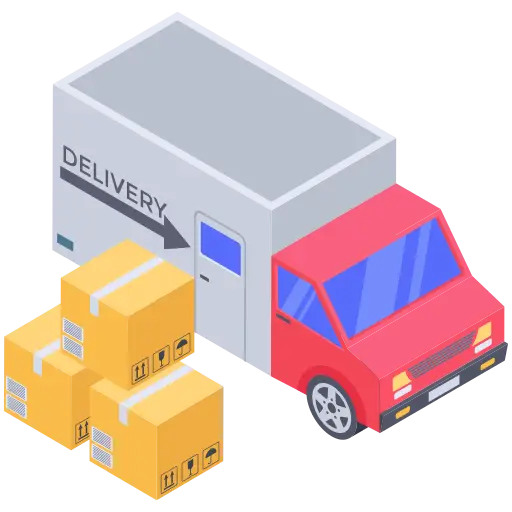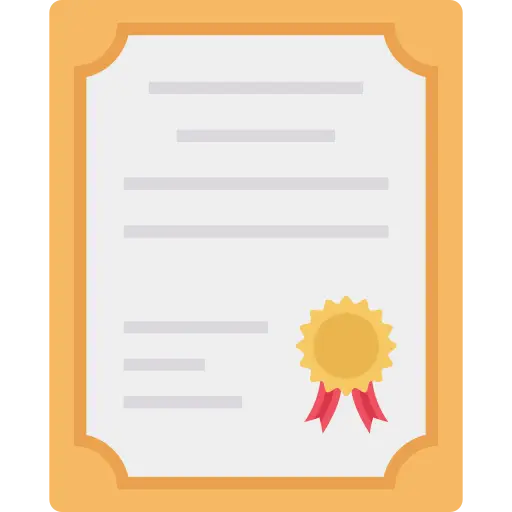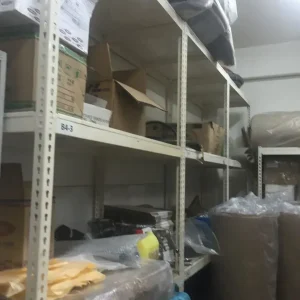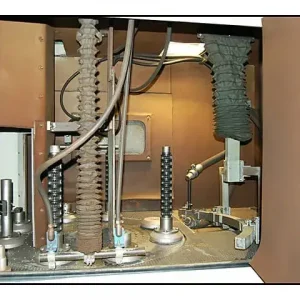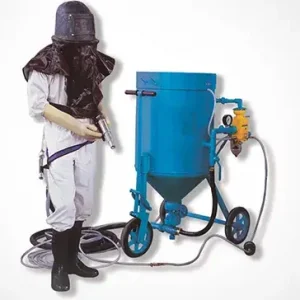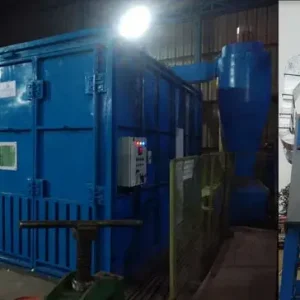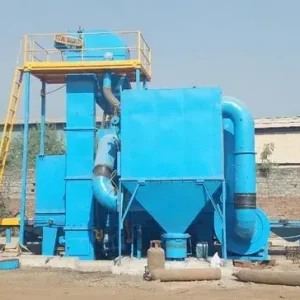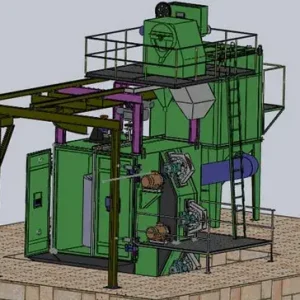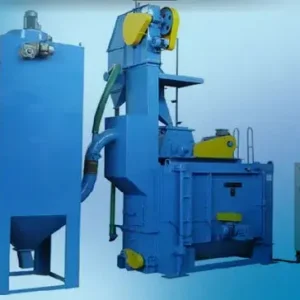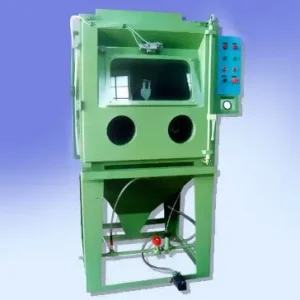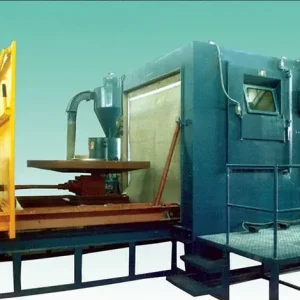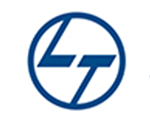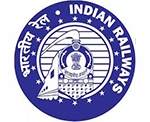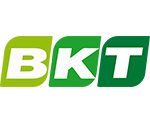In the automotive industry, components like engine parts, gears, axles, and suspension springs undergo extreme stress during operation. To ensure durability and performance, these parts must be free from rust, scale, and surface defects. This is where the shot blasting process comes in.
Shot blasting is widely used in the automotive sector for cleaning, strengthening, and preparing surfaces before coating or further processing. Let’s look at the step-by-step process followed for automotive components.
Step 1: Loading the Components
Automotive parts are placed into the shot blasting machine. Depending on the type and size of the component, different machine types are used:
- Tumblast machines – For small to medium parts like gears, fasteners, and springs.
- Table type machines – For heavy or large parts like brake drums or engine blocks.
- Hanger type machines – For complex shapes such as chassis parts and crankshafts.
Step 2: Selection of Abrasive Media
The blasting performance depends heavily on the abrasive chosen.
- Steel shots – For peening and strengthening.
- Steel grit – For cleaning heavy rust and scale.
- Aluminum oxide or glass beads – For finer finishing.
Each abrasive is selected based on the component’s material and required surface finish.
Step 3: High-Speed Blasting
The machine propels abrasive media at high velocity using a blast wheel or compressed air.
- The impact removes rust, paint, and scale.
- It also creates compressive stress, increasing fatigue resistance.
- Uniform blasting ensures a consistent surface finish.
Step 4: Surface Cleaning and Peening
During blasting:
- Contaminants (like grease, rust, or mill scale) are removed.
- Surface peening takes place, strengthening components like springs, gears, and shafts.
- Defects like sharp edges and micro cracks are minimized.
Step 5: Dust and Media Collection
A dust collection system separates dust and worn-out abrasive from reusable media. This ensures a clean environment and reduces media wastage.
Conquering the Grit: Why AeroWheel Surface Finishing Reigns Supreme in India's Shot Blasting Arena
How to Verify the Quality Standards of Sand Blasting Machine Manufacturers
Step 6: Unloading and Inspection
After blasting, components are removed and inspected for:
- Uniform surface finish
- Removal of contaminants
- Proper peening depth (for fatigue life improvement)
Only after inspection are parts moved for painting, coating, or assembly.
Applications in the Automotive Industry
- Gearboxes & Transmission Parts – Cleaned and strengthened for longer fatigue life.
- Brake Drums & Discs – Rust-free surface for safe performance.
- Springs & Shafts – Peened for durability under stress.
- Engine Blocks – Prepared for painting or machining.
Conclusion
The shot blasting process for automotive components is a critical step in ensuring reliability, durability, and performance. By following a structured blasting cycle—loading, media selection, blasting, cleaning, and inspection—manufacturers can deliver high-quality parts that meet industry standards.
At AeroWheel Surface Finishing, we manufacture customized shot blasting machines for the automotive industry, ensuring precision, efficiency, and long-lasting results.

